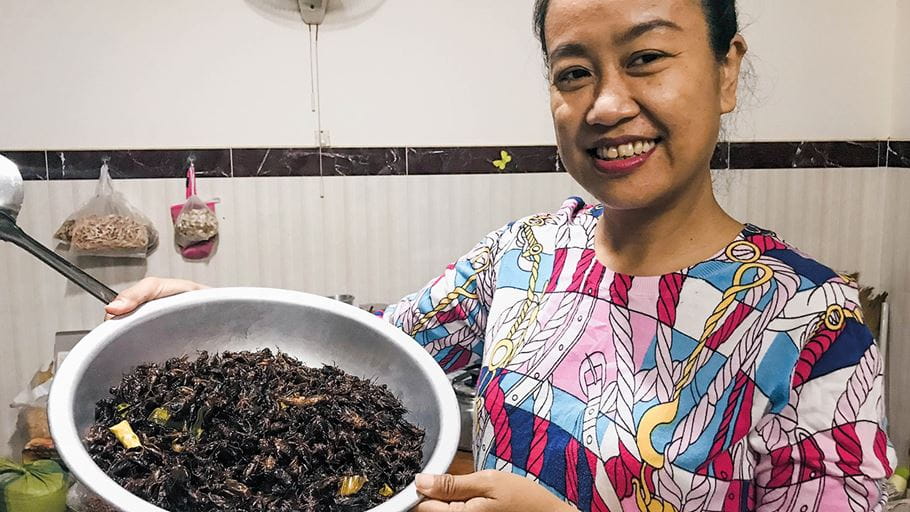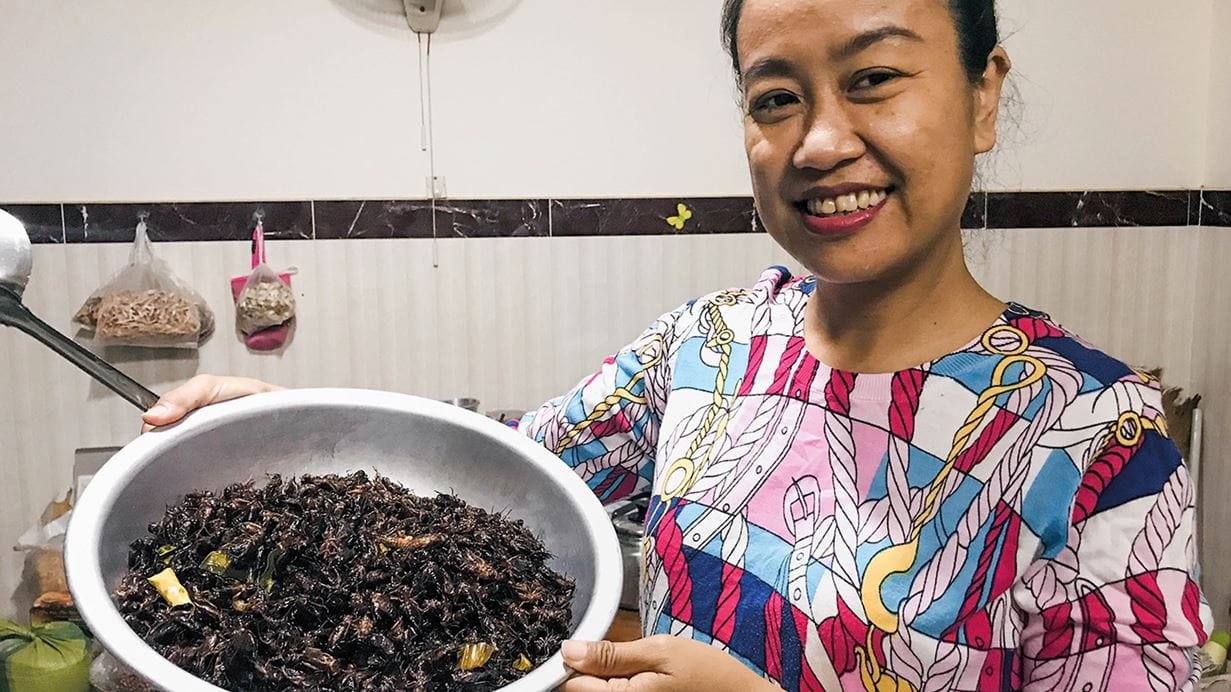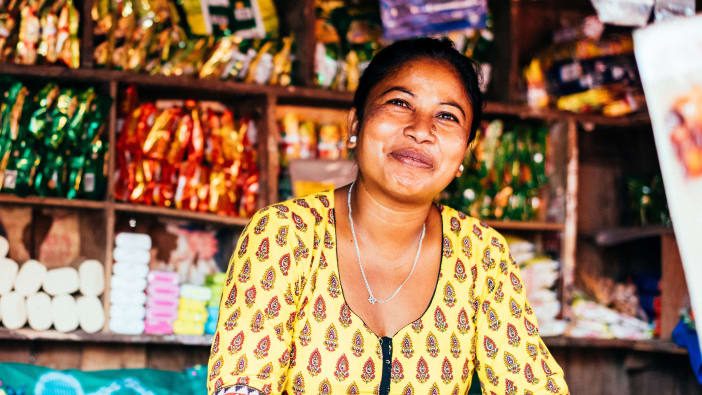Chan Tola Cheam is a cricket farmer in Cambodia. Here she tells us more about it.
Why did you decide to rear crickets?
I really like the taste of crickets. When I was young we used to catch and cook them and they were so delicious. People sell crickets along the side of the road but I tend not to buy them because I do not know if they are fresh or safe to eat.
About four years ago, my church started to go through the Umoja process. This process encourages churches and communities to look at the resources they already have, and to learn new skills from each other.
A pastor in my Umoja group was rearing crickets at his home and when I saw how simple it was, I thought maybe I could raise them too.
How did you get started?
My husband agreed that we should try farming crickets on our rooftop. With technical support from the pastor we prepared two tanks using metal for the frames and medium-density fibreboard for the sides. Each tank is about 1 metre deep, 1 metre wide and 2.5 metres long.
Cricket eggs take about ten days to hatch and then the crickets are ready to harvest 40 to 60 days later, depending on the type. Our first harvest was about 15 kilograms. I cooked them all and shared them with family and friends.
What happened next?
I decided to try selling some of the crickets from the next harvest. I asked around but the street sellers did not give me a good price, so I started to sell them online.
Initially I only sold raw crickets, but many people started asking me to cook them first. I could not keep up with demand so I expanded my business. I now have six tanks on the roof housing crickets at different stages of development.











